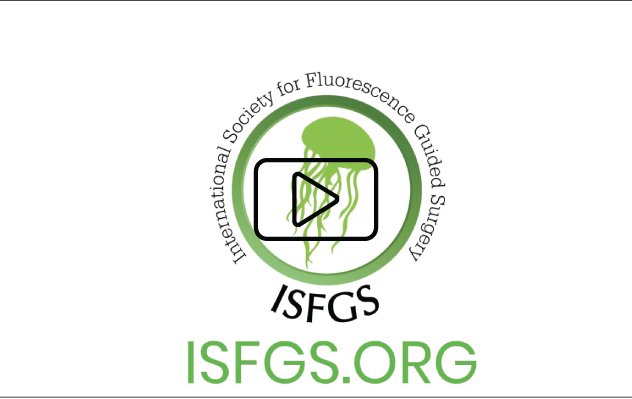Consensus Paper on Fluorescence Guided Surgery, published in Annals of Surgery
In November, the Annals of Surgery published the “Consensus Conference Statement on the General use of Near Infrared Fluorescence Imaging and Indocyanine Green Guided (ICG) Surgery: Results of a modified Delphi Study”

Published by the International Society of Fluorescence Guided Surgery (ISFGS), the paper is authored by 26 leading surgeons and experts in fluorescence guided surgery, from 23 International institutions across five continents.
Unanimous Consensus
- Fluorescence Guided Surgeries (FGS) will dramatically alter the way surgeries are performed in the future
- Fluorescence Guided Surgeries (FGS) reduces patient risk during surgeries
- Fluorescence Guided Surgeries (FGS) should be routine practice
- Fluorescence Guided Surgeries (FGS) significantly enhances patient outcomes
- Fluorescence Guided Surgeries (FGS) are safe and effective
Indocyanine Green (ICG) is the most effective visualisation tool used in Fluorescence Guided Surgeries
All surgeons in the study consider the use of fluorescence imaging, with or without ICG, to be both highly effective and very safe across a broad range of clinical fields and settings. All surgeons believed that the use of ICG during fluorescence-guided surgery is very safe and fluorescence imaging, with and without ICG, should be part of routine surgical practice. Over the next decade, the contributors to the paper believe that role of fluorescence-guided surgery in clinical practice will increase and that it has the potential to dramatically alter the way that many surgical procedures are performed and will significantly enhance patient outcomes.
Paper Abstract
In recent decades, the use of near-infrared light and fluorescence-guidance during open and laparoscopic surgery has expanded exponentially across various clinical settings. However, tremendous variability exists in how it is performed. In this, the first published survey of international experts on fluorescence-guided surgery, we sought to identify areas of consensus and non-consensus across four areas of practice: fundamentals; patient selection/preparation; technical aspects; and effectiveness and safety.
A Delphi survey was conducted among 19 international experts in fluorescence-guided surgery attending a one-day consensus meeting in Frankfurt, Germany on September 8th, 2019. Using mobile phones, experts were asked to anonymously vote over two rounds of voting, with 70% and 80% set as a-priori thresholds for consensus and vote robustness, respectively.
Experts from five continents reached consensus on 41/44 statements, including strong consensus that near-infrared-fluorescence-imaging-guided surgery is both effective and safe across a broad variety of clinical settings, including the localisation of critical anatomical structures like vessels, detection of tumors and sentinel nodes, assessment of tissue perfusion and anastomotic leaks, delineation of segmented organs, and localization of parathyroid glands.
For details on specific Delphi questions asked and results, go to the link below for open access to the full paper.
